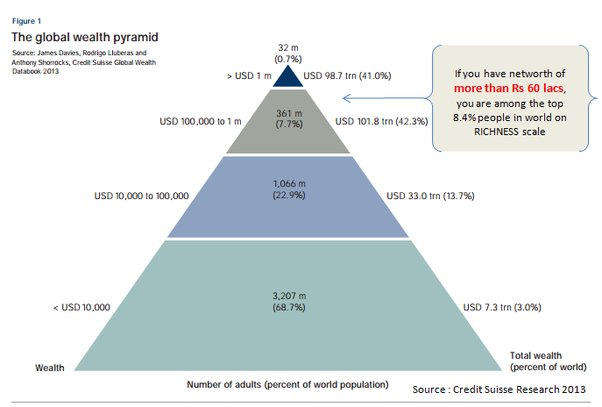Gunja feels like she and Chand have lost their buffer—the amount of money they earn each month. They can’t afford things they used to.
But overall, India is still a very affordable place to live. Local markets and food shops are cheap, but renting a flat can take up much of your income.
Basic Needs
In India, a Single person needs at least Rs 12,000 to cover basic expenses such as food, electricity and petrol. This figure may be higher depending on your location and lifestyle. In cities such as Mumbai and Chennai, the cost of living is higher.
Chaudhary’s salary is sufficient for his basic needs, but he would like to increase it so he can afford more entertainment. He’s also hoping to save more money so he can buy a car or home. India has one of the world’s highest rates of multi-dimensional poverty, with many people unable to meet their basic needs.
According to a new study by the McKinsey Global Institute, 680 million Indians lack the means to live an economically empowered life. The research arm of the consulting firm created a new measurement called the Empowerment Line, which estimates the economic cost of fulfilling eight basic needs: food, water, sanitation, healthcare, education, housing and energy.
The research also reveals that high levels of out-of-pocket healthcare expenditures push millions into debt and poverty. In fact, healthcare costs account for the largest share of the debts of those living in poverty in India. In addition, the report suggests that a strong economy could do more to ensure that all of its citizens have access to essential services. But the report argues that it will take a significant shift in focus to achieve this goal.
Living Costs
The cost of living in India can vary greatly depending on the city you choose and your lifestyle. Whether you’re moving to a bustling metropolis or a smaller city, you can find affordable options that will allow you to enjoy the culture and experiences that India has to offer. However, the cost of rent is usually the largest expense in any city.
If you are looking for a more affordable option, consider renting an apartment in a local community or through Airbnb. These apartments are typically less expensive than traditional rentals and may include utilities. They are also more likely to have a community garden or shared kitchen, which can save you money on meals.
Regardless of where you choose to live, India’s low living costs make it an attractive option for expats. The country boasts 40 UNESCO heritage sites, stunning cultural and geographic diversity, and multiple modern cities. Deciding where to live in India requires thoughtful consideration, though. What you sacrifice in space and cost in the big city, you can make up for in accessibility to entertainment and employment opportunities.
If you want to live in a major Indian city, the best option is probably Mumbai. However, Mumbai’s rent is higher than that of many other cities in the world. Chennai, on the other hand, is known for its beauty and offers a relatively inexpensive lifestyle.
Rent
The cost of living in India can vary widely, depending on where you live. The city in which you live will have a significant impact on your expenses, especially when it comes to rent. The best way to figure out your budget is to use a cost-of-living calculator. This tool will help you calculate your monthly expenses, including rent, utilities, food and transportation.
In large cities, apartment rents are expensive and eat into a major portion of urban incomes. For example, in Mumbai, average apartment rents are Rs 40,000 per month. In other cities, such as Chennai and Bangalore, rents are significantly lower. It’s possible to save money on your housing costs by choosing a smaller city or by renting a room in a shared accommodation.
While India isn’t as cheap as some other countries, its affordability makes it a popular destination for expats. It has 40 UNESCO Heritage sites and a diverse culture. Moreover, it offers plenty of outdoor recreation and is home to several tech companies. Expatriates are advised to carefully consider their choices before moving to an Indian city.
Among the most affordable cities in India are Bhopal, Vadodara and Bengaluru (formerly Bangalore). These cities are all popular destinations for expats. Located in central India, Bhopal is a green city with two mountain lakes and a national park teeming with local wildlife. Its residents also enjoy high safety and health measures. In fact, it has the lowest crime rate in India.
Food
While the cost of food in India can be high for travelers, a Single person can save money by eating at local Indian markets or food shops. These markets have fresh, delicious vegetarian meals that are cheaper than restaurants and also support the local economy. The best way to shop for food in India is to find a place that sells locally grown vegetables and fruits, which can be purchased for about $5 a day. Alternatively, you can buy frozen or canned foods at supermarkets.
The average food budget for a Single person in India is $390 per month. This includes food, water, and housing. This is significantly lower than the cost of living in other countries, such as the United States. However, the price of food varies greatly from region to region. Some cities, such as Mumbai, have higher food costs than others, but you can still eat well for under $4 a day.
In addition to affordable food, India has a vibrant culture and ancient history. Its crowded streets, delicious food, and booming technology industries attract thousands of expats each year. However, the country’s lack of adequate housing and poor infrastructure make it difficult for some people to live comfortably. Homelessness is a widespread problem, and authorities often evict homeless families or tear down their makeshift shelters. Thankfully, the government has taken steps to address this issue.

